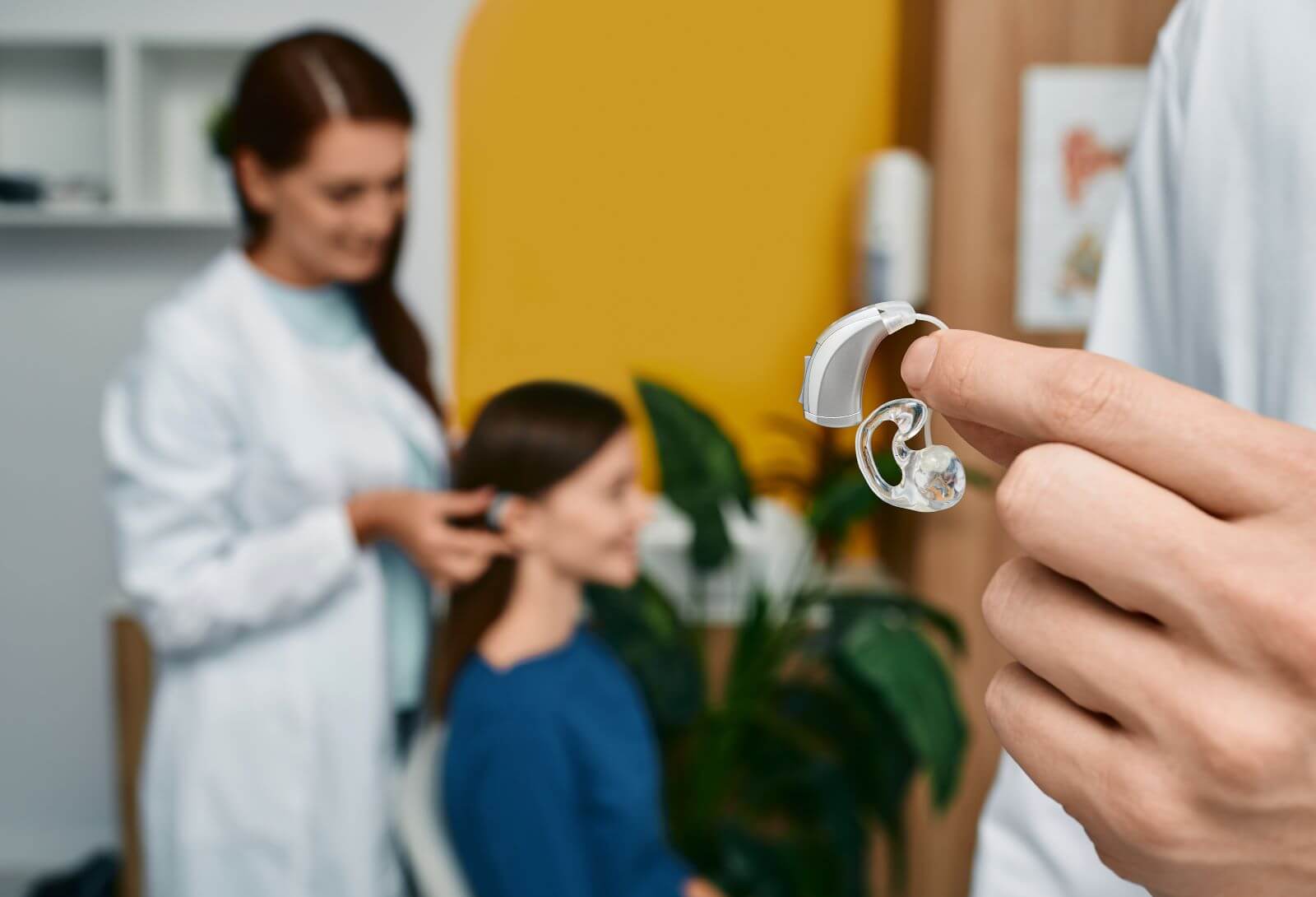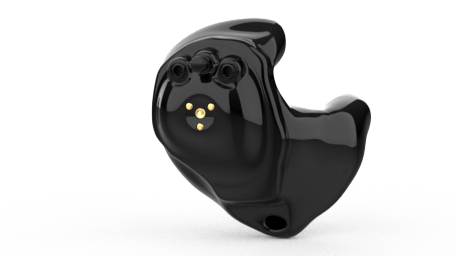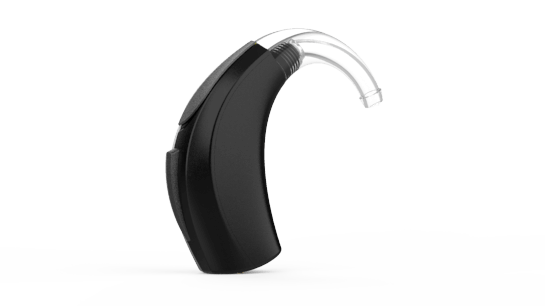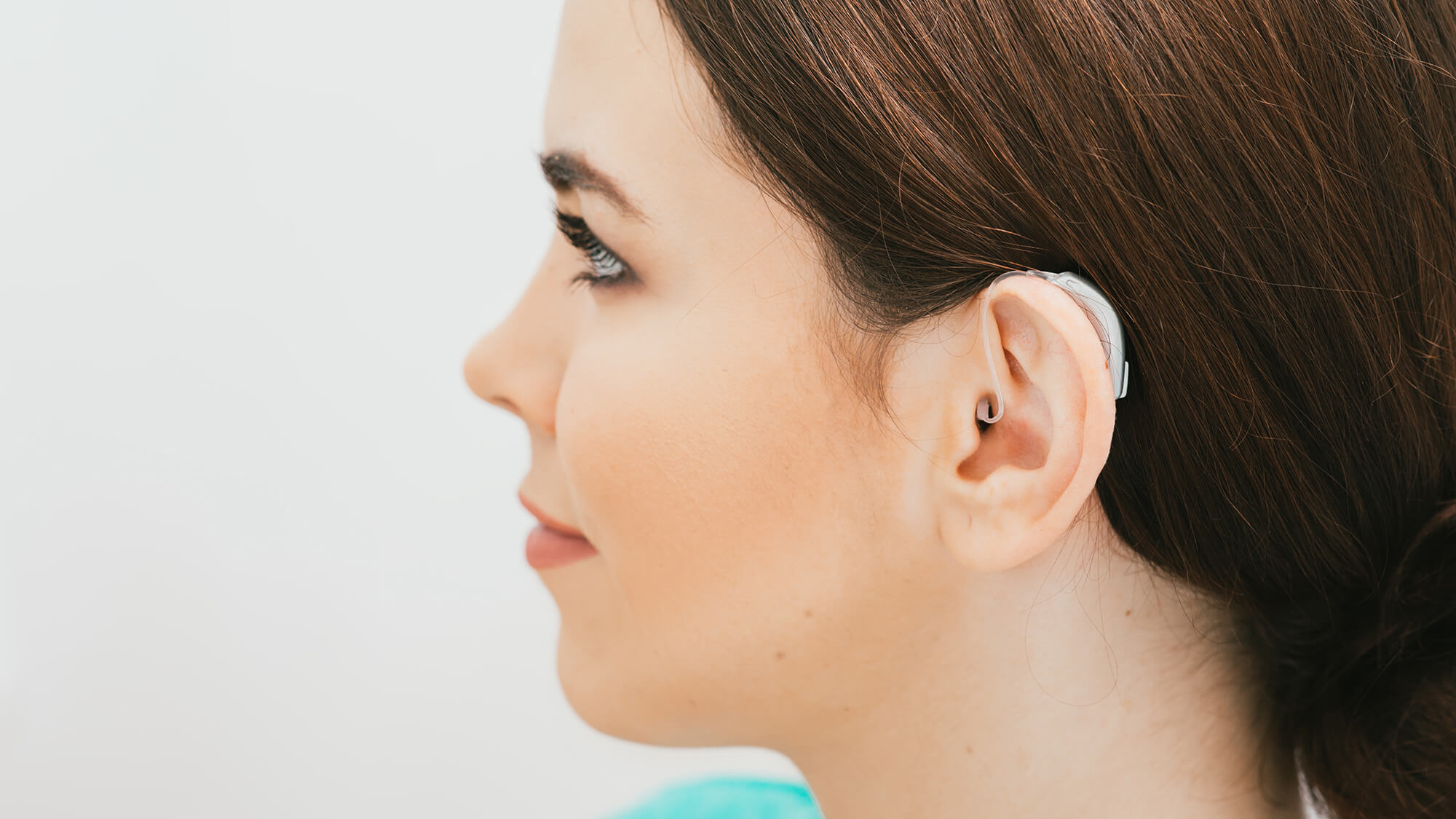Hearing Aids

Hearing Aid Overview
Hearing aids are one of the most popular treatments for hearing impairment, and they can make a huge difference in the lives of their users. Tailored to the precise specifications of the individual, their leading role is to amplify sound so that it can be heard more clearly. There is a wide range of hearing aids on the market today, with countless variations in colors, shapes, and sizes. Some are so tiny that they can be placed completely within the ear canal, while other larger types can be placed behind the ear lobe.
Furthermore, due to the rapid advancement of technology, hearing aids come with a range of features that make life much easier for those with hearing loss. These devices are crucial in helping people maintain connections with loved ones and participate successfully in society - which is essential for a happy and fulfilling life.
Hearing Aid Styles

In-The-Ear (ITE):
ITE hearing aids are designed to fit the shape of the ear canal to maximize invisibility and comfort. Those with mild to moderate hearing loss are best served by ITE hearing aids. There are different kinds of ITE to choose from.
- Completely-In-Canal (CIC) fits deep in the ear canal and is almost invisible,
- Invisible-In-Canal (IIC) sits in the outer area of the ear canal and is slightly larger
- In-The-Canal (ITC) conforms to the curved recesses of the outer ear and is the largest, most visible device.

Behind-The-Ear (BTE):

Hearing Aid Features
Recent Posts

They’re coming: The Future of Over the Counter Hearing Aids
mjaudseo

How to Protect Against Hearing Loss
mjaudseo

